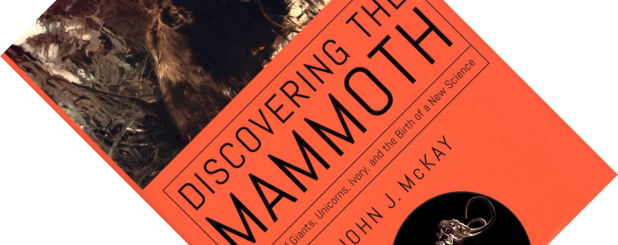“Grey as a mouse,
Big as a house,
Nose like a snake,
I make the earth shake, […]”
– J.R.R. Tolkien, The Lord of the Rings, The Two Towers, “The Black Gate is Closed”
Even Hobbits knew about elephant-like creatures. But, not so long ago, we didn’t. This book starts off with a striking realisation. Our distant ancestors lived with mammoths, using their meat, hides and bones, possibly even overhunting them to extinction. Despite having lived side-by-side with these large, majestic creatures, somewhere along the line we forgot what they were – the details of their identity not being passed down the generations and gradually fading from our stories, our myths and legends, and, finally, from our collective memory. Even though their remains were with us through the millennia, we forgot the mammoth. In turn, their remains fueled new myths and legends, from the Greek Cyclops and Titans, to Chinese dragons, the Biblical giants, and the Siberian idea of giant burrowing moles that would die upon exposure to air. How do you reconstruct the identity of a creature for which your frame of reference is gone?

